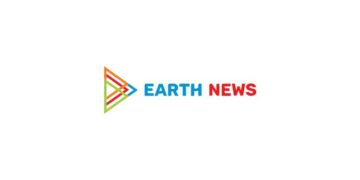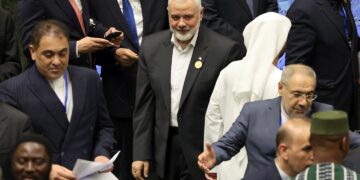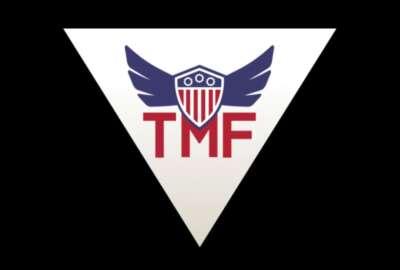Revitalizing Government Operations: The Future of the Technology Modernization Fund
In a time when technological advancements shape the efficiency and service quality of federal operations, the newly proposed legislation to extend the Technology Modernization Fund (TMF) until 2032 stands out as a crucial development. This initiative aims to enhance governmental digital transformation by allocating essential funding for modernization initiatives across various agencies. As federal entities grapple with increasing demands from rapidly changing technologies and citizen expectations, reauthorizing the TMF offers a chance to prioritize upgrades, tackle infrastructure weaknesses, and improve overall government service effectiveness. Let’s delve into what this bill entails, its potential ramifications for future government technology, and its role in advancing digital transformation within public services.
Evaluating the Role of the Technology Modernization Fund in Federal Innovation
The Technology Modernization Fund (TMF) has proven to be an influential driver for innovation among federal agencies. By offering vital financial support and resources, it enables these organizations to undertake transformative projects aimed at modernizing their technological frameworks. This initiative not only accelerates digital evolution but also promotes inter-agency collaboration by allowing different sectors of government to exchange best practices and engage in cooperative projects. The emphasis on agility and efficiency highlights how adopting contemporary technologies can significantly enhance public service delivery.
Assessing progress made through TMF reveals several critical areas where its influence is evident:
- Improved Collaboration: Agencies are increasingly collaborating on tech initiatives, pooling expertise and resources effectively.
- Better User Experience: Citizens are experiencing enhanced interactions with government services due to modernized interfaces and quicker data processing.
- Cost Efficiency: Transitioning from outdated systems allows agencies to lower operational expenses tied to maintaining legacy technologies.
The following table illustrates how TMF funding has been allocated among various federal agencies over recent years:
| Agency | Total Funding (in millions) | Main Project Focus | ||||||
|---|---|---|---|---|---|---|---|---|
| Department of Veterans Affairs | $30 million | EHR System Overhaul | ||||||
| Sociable Security Administration | $20 million | User Service Enhancements | ||||||
| DHS (Department of Homeland Security) |
| << th >Impact | << / tr > | < td >Boosts scalability while lowering operational costs | < / tr >< tr >< td >Data Analytics | < td >Enhances decision-making capabilities alongside improved service delivery | < / tr >< tr >< td >AI Integration | < td>Bolsters efficiency whilst personalizing user experiences |
|---|
Strategic Guidelines for Effective Utilization and Execution of Extended Funds
Aiming at maximizing benefits from Extended Funds necessitates establishing clear frameworks promoting cross-agency cooperation along with transparency measures . This involves creating consistent communication channels between different federal bodies , aligning objectives , sharing best practices related specifically towards technology modernization efforts . Engaging stakeholders remains paramount ; gathering insights from various departments , industry experts as well as citizens regarding their specific needs/challenges surrounding technology implementation can lead toward improved trust/cooperation which is essential long-term sustainability .
An additional critical component involves developing robust performance measurement systems tracking utilization/outcomes associated funded projects . Such systems should incorporate quantifiable metrics reflecting both operational efficiencies/user satisfaction levels achieved through these initiatives regularly assessing them leads toward continuous improvement adjustments made accordingly based upon findings obtained during evaluations fostering innovative cultures within respective organizations encourages personnel experimentation new processes ultimately resulting agile IT landscapes throughout Federal Government .
Conclusion: Embracing Digital Transformation Ahead!
As we approach an era defined by rapid digital transformation possibilities ahead lie vast opportunities presented via potential reauthorization efforts surrounding Technology Modernization Fund enabling our governments harness power emerging technologies serve citizens better than ever before! Extending program duration till year 2030 signifies lawmakers’ commitment investing not just hardware/software but rather envisioning future characterized efficient innovative resilient governance structures capable meeting demands arising tomorrow! Ongoing discussions legislative processes highlight importance collaboration foresight leveraging tech greater good paving way forward pivotal years ahead stakeholders across both public/private sectors must prepare seize upcoming challenges/opportunities alike! Ultimately,TMF could act catalyst propelling us into new age—one marked agility responsiveness robustness required navigate complexities facing society today!































